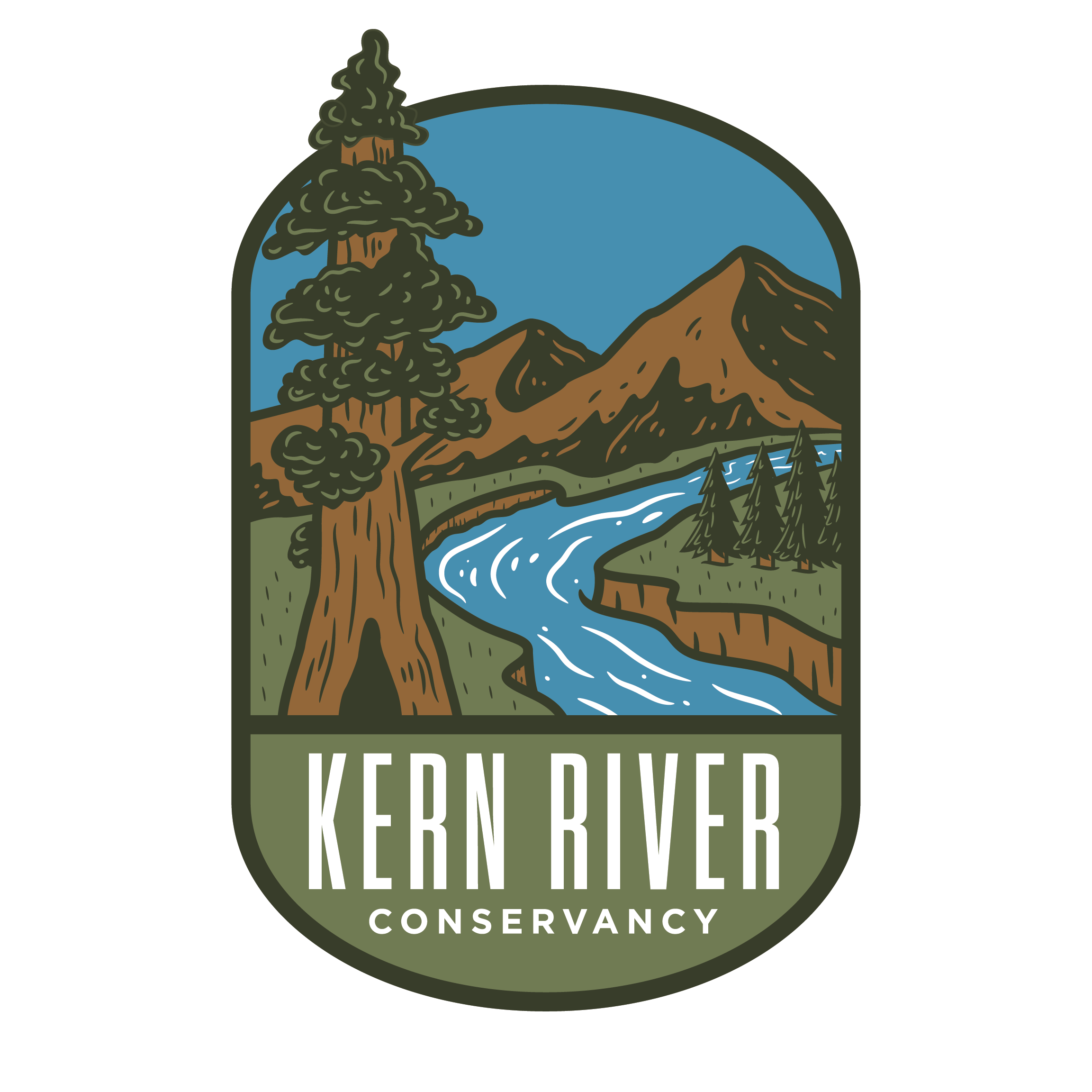River Safety Tips
River safety is an essential topic in the Kern River Valley. We are fortunate to have many water-based recreational activities between the river and the lake. That said, river recreation is inherently risky, and it is imperative to prioritize safety. Always take any opportunity to gain river safety knowledge!
Always Wear a Life Jacket
Wearing a properly fitting life jacket is essential during ALL river activities. You should never rely solely on your swimming abilities, even in water that appears flat.
Swimming in the River
Choose your swimming area carefully, as unseen hazards can be found in areas that otherwise appear safe. Swim only in calm flat water. If you find yourself swimming through rapids, lay back with your feet downstream to push off any rocks, breathe in troughs and keep your mouth closed through waves, and swim hard to shore once you have a safe place to do so. Lastly, never stand up in the river. Crevasses in or between rocks can trap your foot while the water continues to push your body downstream.
Avoid Swimming Near Trees
Always be sure to avoid swimming near trees. Tree branches can be on the surface or hidden underwater, especially during a high-water year. These are referred to as strainers because they work like a pasta strainer where you will get caught and unable to go through. If swimming into a strainer is unavoidable, turn on your stomach, swim towards the obstacle, and grab high. Keep your head above water.
Hazards on the Shore
Always stay on the established trails when near rapids or other moving water. Slippery rocks, an unstable shoreline, or even a distraction that takes your focus away from the river can cause an accident – quickly and quietly. Never walk, play, or climb on slippery rocks and logs.
Know Before You Go
Check river and stream conditions before heading out on your adventure, and always let someone know where you are going and when you will return. River and stream condition information may be found at visitor centers, ranger stations, and from weather alerts. Also, inquire about swimming regulations. At some recreation sites, swimming is not recommended or may even be prohibited.
